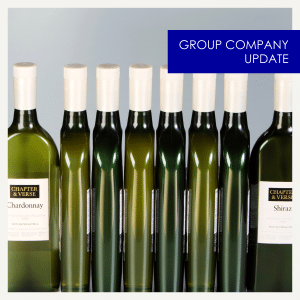The circular economy is a way to make products, components, and materials last longer. It also helps businesses reduce waste and use fewer natural resources. This means more efficient production processes and less pollution. The circular economy has enormous potential to cut carbon emissions, preserve biodiversity, and save consumers money.
The circular economy has become an important part of global policy discussions around sustainable development goals (SDGs), with many governments agreeing that moving towards more circular systems could be one way to achieve them – including SDGs relating directly to climate change mitigation, such as reducing harmful gases.
Global warming and the circular economy
The circular economy helps to address the challenges of climate change and global warming. In addition to reducing greenhouse gas emissions, a shift toward a circular economy benefits society in other ways: it reduces resource depletion, minimises pollution, and prevents waste from accumulating in landfills or oceans.
As the world becomes increasingly concerned about climate change, it’s clear that we need to find ways of reducing our carbon emissions. The good news is that the circular economy can help us do this by reducing the number of materials used in industrial processes, re-using materials where possible, recycling products when they’ve reached their end-of-life, or even returning them back into nature as compostable waste, such as food scraps or garden organics.
Extended producer responsibility
The concept of extended producer responsibility (EPR) involves manufacturers taking responsibility for their products at all stages of their lifecycle: from design through final disposal or recycling. According to figures from 2017, EPR schemes already cover more than 80% of packaging waste generated by households across Europe.
In addition to EPR policies that encourage responsible disposal practices among consumers, governments can also implement measures such as taxes on single-use plastic bags or plastic straws – both popular examples among environmentalists looking towards ways we might reduce our reliance on non-biodegradable materials, while still maintaining convenience.
Reusing, or not using, materials
The circular economy aims to save resources by encouraging the efficient use of materials. It promotes the use of materials and energy in a sustainable way, as well as reducing waste and conserving resources. Examples commonly associated with the circular economy are upcycling and reusing products, extending their quality of life – By repurposing what we have, we are not driving further need for more to be created. Further examples can be as granular as product design – designing products to last or with the ability to fix them, rather than completely replacing them, in mind. Going further, some companies, including within the Hive group, are taking materials that would otherwise be considered ‘waste’ and turning them into a useful product.
Within our Clean Futures group we have teams; recycling straw for packaging, recycling chitin for biopolymer, using invasive plant species to create high-grade biochar, and utilising waste flyash to create a sustainable cement substitute.





